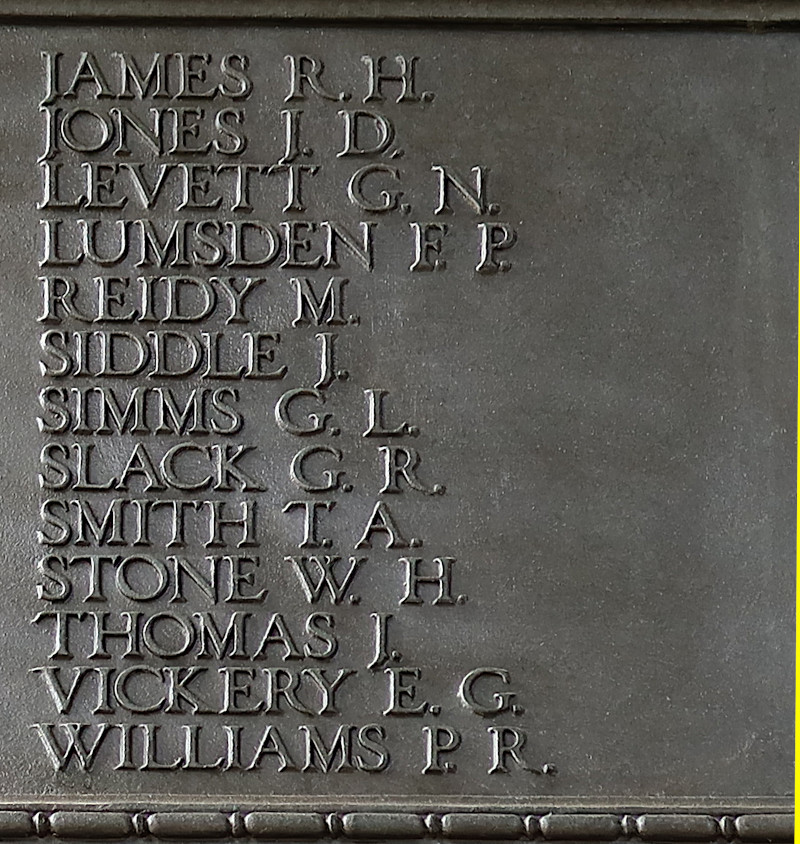Hector Fugh Fisher – Mercantile Marine - S.S. Isleworth
Boatswain Hector Fugh Fisher – Mercantile Marine, S.S. Isleworth
A Swansea Seafarer Lost at Sea
Another Swansea casualty from the sinking of the S.S. Isleworth
on 30th April 1918 was Boatswain Hector Fugh Fisher, a
seasoned mariner whose career reflected Swansea’s proud seafaring heritage and
the dangers faced by Britain’s merchant sailors during the First World War.
Early Life and Family Background
Hector Fugh Fisher was born in 1880 in Swansea,
the son of George Fisher and Alice Fuge, who were married in 1860,
Swansea.
 |
| 1881 Census |
The 1881 Census records Hector, then aged one, living with his mother and siblings in the home of his grandparents at 20 Jones Terrace, Swansea. His grandfather, William Fuge, aged 70, born in Gower, was employed as a Stableman, while his grandmother, Elizabeth, also 70, managed the household. Their daughter, Alice Fisher, aged 39, worked as a Dressmaker, and her children were Elizabeth A. (15), a Draper’s Shop Assistant; William F. (13), an Office Boy; John F. (10); George N. (8); James C. (5); and the youngest, Hector F. (1).
 |
| 1891 Census |
By the 1891 Census, the family had moved to 13 Pleasant View Terrace, Swansea. Alice Fisher, now 49, was head of the household, living with her children Elizabeth (24), John (20) — a Haulier — James (15), a Spirit Bottler, and Hector (11), still attending school.
Naval and Family Life
 |
| Service Records |
In 1897, at the age of 17, Hector Fisher enlisted in the Royal Navy, beginning a naval career that lasted until 1906. His years of service at sea equipped him with the experience and discipline that later shaped his work in the Mercantile Marine.
Following his naval service, Hector married Margaret Jane
Davies (née Bennett) in 1906. Margaret had previously been
married in 1895 to Joseph Edward Davies.
 |
| 1911 Census |
The 1911 Census shows the family residing at 15 Evans Terrace, Swansea. Hector, aged 31, was employed as a Rigger, and Margaret, aged 35, managed their home. The household included William F. Fisher, aged 12 (Hector’s stepson), Leslie Graham Fuge Fisher (2), and baby Hector George Harman Fisher (2 months).
Service and Sacrifice
During the First World War, Hector Fisher
returned to sea, serving as a Boatswain in the Mercantile Marine
aboard the S.S. Isleworth. As Boatswain, he was responsible for
overseeing deck operations and the crew — a position requiring both leadership
and years of maritime experience.
On 30th April 1918, the Isleworth
was torpedoed and sunk by a German submarine while sailing through the English
Channel. The attack occurred near the Isle of Wight, and Hector
Fisher, then aged 38, was among those who perished.
The S.S. Isleworth
 |
| S.S. Isleworth |
On 30th April 1918, while sailing in the English
Channel near the Isle of Wight, approximately three miles
southwest of Ventnor Pier, the Isleworth was torpedoed without
warning and sunk by the German submarine UC-17. The ship sank
rapidly, resulting in the loss of 29 crew members, including Assistant
Steward William Ernest Bates and Boatswain Hector Fugh Fisher.
The destruction of the Isleworth so close to
Britain’s southern coast was a stark reminder that submarine warfare
posed a deadly threat not only across the open Atlantic but also within sight
of home shores. Merchant seamen like Hector risked their lives daily to sustain
Britain’s wartime needs — facing the ocean, enemy action, and exhaustion in
equal measure.
The German Submarine UC-17
The UC-17 was a Type UC II minelaying
submarine of the Imperial German Navy, launched in February 1916
and commissioned in July 1916. Built by Blohm & Voss in Hamburg,
she displaced approximately 417 tons surfaced and 493 tons submerged,
and measured just under 50 metres in length. She was armed with six
mine tubes capable of carrying 18 mines, three torpedo tubes
with seven torpedoes, and an 8.8 cm deck gun.
During her wartime career, UC-17 completed 21
patrols and was credited with sinking approximately 96 ships,
totalling more than 144,000 tons of Allied shipping. On 30th
April 1918, under these ongoing operations, UC-17 torpedoed
and sank the S.S. Isleworth off the Isle of Wight, killing
nearly all on board.
After the war, UC-17 was surrendered to the
Allies on 26th November 1918 and later broken up
between 1919 and 1920. Her record stands as a reminder of the lethal impact
of Germany’s submarine campaign and the tremendous price paid by the men of the
Mercantile Marine who faced such threats without the protection of arms
or armour.
Commemoration
S.S. Isleworth
Tower Hill Memorial, London
credit - Benjidog Historical Research Resources:
The Merchant Navy Memorial S.S. Isleworth
Tower Hill Memorial, London
credit - Benjidog Historical Research Resources:
The Merchant Navy Memorial
Boatswain Hector Fugh Fisher is commemorated on
the Tower Hill Memorial, London, which honours the men and women of the Merchant
Navy and Fishing Fleets who died at sea during the First World War
and have no known grave but the ocean.
Legacy
Hector Fugh Fisher devoted nearly his entire life to
the sea — first as a sailor in the Royal Navy, then as a merchant
seaman serving through wartime. His life and loss reflect the courage,
skill, and steadfastness of Swansea’s maritime community, which contributed so
much to Britain’s naval strength and suffered deeply for it.




Comments
Post a Comment